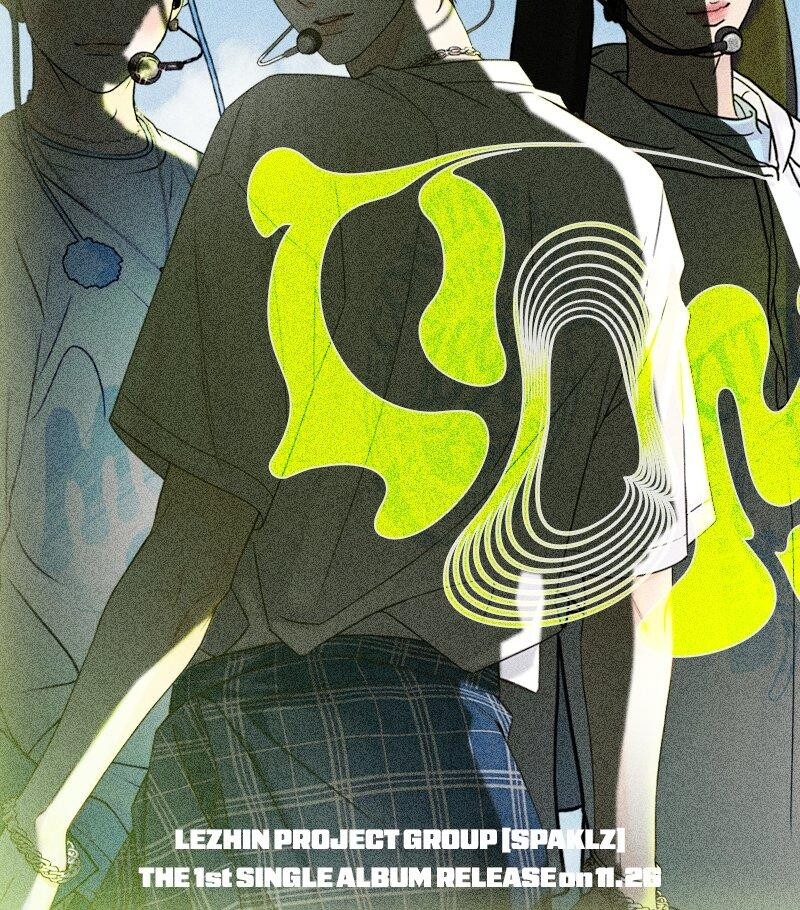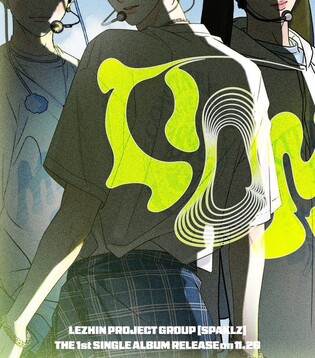Editor's Note: According to the Korea Foundation's 2024 report, there are nearly 225 million Hallyu (Korean Wave) fans worldwide. With the advent of the "Digital Silk Road," transcending time and space, we are entering the era of "Hallyu 4.0." To help readers gain a fresh perspective on Korean culture and K-culture, the Yonhap News K-Culture Team has prepared a series of expert columns.
Shin Jong-geun's 'K-Liqueur' Story: The Renowned Hosan Chun (壺山春) with 'Chun' (春) in Its Name
Contributed by Shin Jong-geun, exhibition planner and columnist (author of "Art and Liquor")
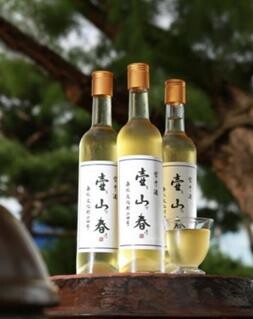 |
| ▲ Yeosan Hosan Chun |
Fine liquor is often referred to as "Myeongju" (名酒). Among these, the most exquisite and aromatic high-quality liquors have been named "Chunju" (春酒) since the Tang Dynasty in China. It is said that any liquor with the character "Chun" (春) in its name is bound to be exceptional.
In Korea, several traditional liquors feature the character "Chun" in their names, including Seoul's "Yaksan Chun," Daejeon's "Nosan Chun," and Gyeonggi Province's "Dongjeong Chun," "Byeokhyang Chun," and "Okji Chun."
Among these, "Hosan Chun" (壺山春) stands out, with two versions passed down through generations and one recently restored. Today, we focus on one of them: Yeosan Hosan Chun.
Yeosan Hosan Chun is named after Cheonhosan (天壺山), a mountain in Yeosan-myeon, Iksan-si, Jeollabuk-do. This liquor is a family-brewed traditional liquor, passed down in the family of Garam Lee Byeong-gi (1891–1968), a renowned sijo poet.
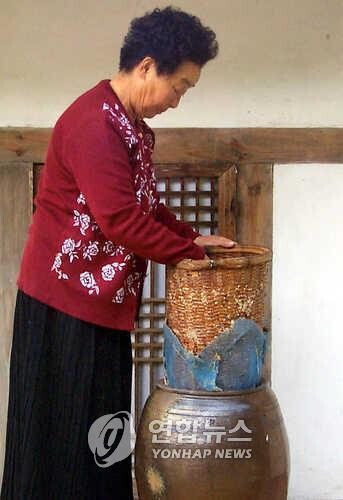 |
| ▲ Garam Lee Byeong-gi's youngest daughter-in-law, Yoon Ok-byeong (69), strains the traditional liquor 'Hosan Chun' (壺山春), a famous Joseon-era rice wine that was passed down through the poet and scholar Garam Lee Byeong-gi's family, making its reappearance after 30 years. / November 9, 2000 (Yonhap) |
Lee Byeong-gi's 25th ancestor, Lee Hyun-ryeo, served as the royal food inspector, "Jidabangs," from 1156 to 1203 during the Goryeo Dynasty. It is believed that the brewing method for Hosan Chun was developed and handed down from that time.
Today, Lee Yeon-ho, a master brewer and the nephew of Lee Byeong-gi, preserves the traditional brewing method of Yeosan Hosan Chun, which he learned from his mother, Lee Gyeong-hee. This liquor is historically significant, with its brewing method recorded in ancient texts like Imwon Sip Yuk Ji (林園十六志) and Sanrim Gyeongje (山林經濟). Yeosan Hosan Chun continues to be brewed in the traditional way, maintaining its historical value.
In 2018, Yeosan Hosan Chun was designated as Jeollabuk-do Intangible Cultural Heritage No. 64. Master Lee Yeon-ho stated, "Yeosan Hosan Chun is a specialty of Iksan's Yeosan. However, due to the lack of cultural heritage designation, similar names of Hosan Chun have caused confusion, and some have falsely claimed to be master brewers of Hosan Chun, tarnishing its history. We applied for and received the intangible cultural heritage designation as 'Yeosan Hosan Chun' to protect its origin and legacy."
Yeosan Hosan Chun is made from glutinous rice, non-glutinous rice, and nuruk (a fermentation starter), with a distinctive brewing method that involves kneading rice flour with boiling water to create the base liquor.
Another variant of Hosan Chun is Mungyeong Hosan Chun.
Mungyeong Hosan Chun gained attention when it was selected as the official banquet wine during President Reagan's visit to Korea in 1989, leading to its commercial production in 1990. In 1991, it was designated as Gyeongsangbuk-do Intangible Cultural Heritage No. 18.
This liquor is a traditional family brew of the Jangsu Hwang clan, descendants of the famous Joseon statesman Hwang Hee, living around Daehari, Sanbuk-myeon, Mungyeong-si, Gyeongsangbuk-do.
It is said that around 200 years ago, members of the affluent Jangsu Hwang family, who enjoyed fragrant and delicious liquor, named the liquor brewed by the poet Hwang Ui-min after his posthumous title "Hosan" (湖山) and added the character "Chun" (春) to it, creating the name "Hosan Chun" (湖山春). This version differs from Yeosan Hosan Chun in its Chinese characters.
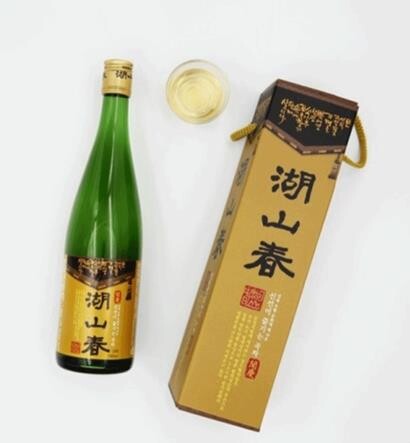 |
| ▲ Mungyeong Hosan Chun |
Mungyeong Hosan Chun, is a regional specialty of Mungyeong-si, Gyeongsangbuk-do, known for its rich pine scent, as pine needles are added to the traditional ingredients of glutinous rice, non-glutinous rice, and nuruk.
Mungyeong Hosan Chun is also known as "Hoseonju" (好仙酒), meaning "the liquor that immortals would covet," due to its exquisite quality.
The box of Mungyeong Hosan Chun is adorned with a portion of Gunseondo (群仙圖), a painting by the renowned artist Kim Hong-do. This artwork, depicting eight immortals crossing a mystical river to the house of Xiwangmu (the Queen Mother of the West) when her peaches ripen, was painted in 1776 when Kim was 32 years old and is designated as a National Treasure.
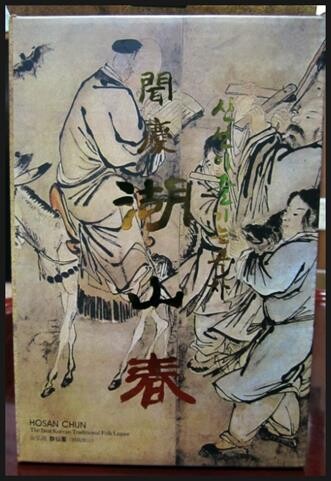 |
| ▲ A portion of Kim Hong-do's Gunseondo (1776) depicted on the box of Mungyeong Hosan Chun. |
The original Gunseondo was an eight-panel folding screen, but during the Korean War, the original owner cut the panels for easier transport, leading to its current state as three separate scrolls housed in the Samsung Museum of Art, Leeum.
 |
| ▲ Gunseondo by Kim Hong-do (1776) - Samsung Museum of Art, Leeum Collection. |
In addition to these historic versions, there is a recently restored Hosan Chun, recreated by Subulga, a brewery led by CEO Cha Young-tae. This new version, "Dudu Mulmul" (頭頭物物), draws from ancient texts such as Yangjubang and Imwon Sip Yuk Ji to restore the traditional 100-day jar fermentation method of Yeosan Hosan Chun. This restoration won the Grand Prize at the 2023 Korean Liquor Competition. The name "Dudu Mulmul" is derived from Zen terminology, meaning "everything in nature is Dao and truth," reflecting the brewer's wish that the microorganisms in the fermenting jar harmonize to produce excellent results. Subulga's Dudu Mulmul is made using glutinous and non-glutinous rice cultivated through snail farming techniques.
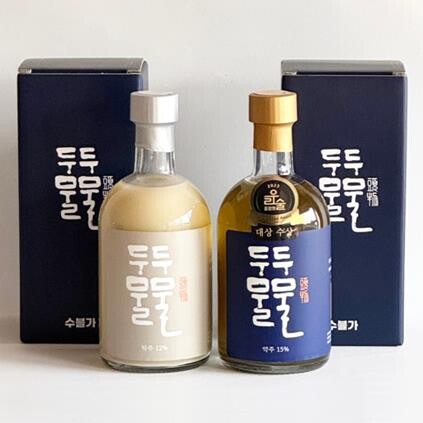 |
| ▲ Subulga's Dudu Mulmul Takju and Yakju. |
The revival of Hosan Chun has undoubtedly delighted modern enthusiasts of traditional liquors, bringing the dream of immortality, often associated with the drink, into the contemporary era.
(C) Yonhap News Agency. All Rights Reserved

























